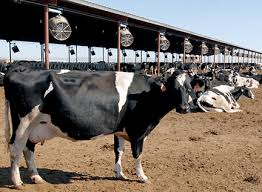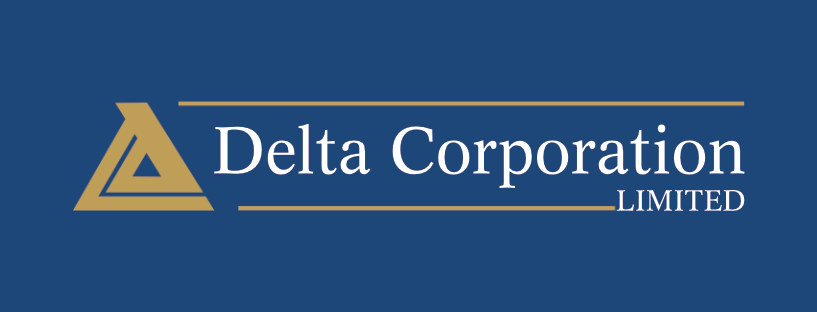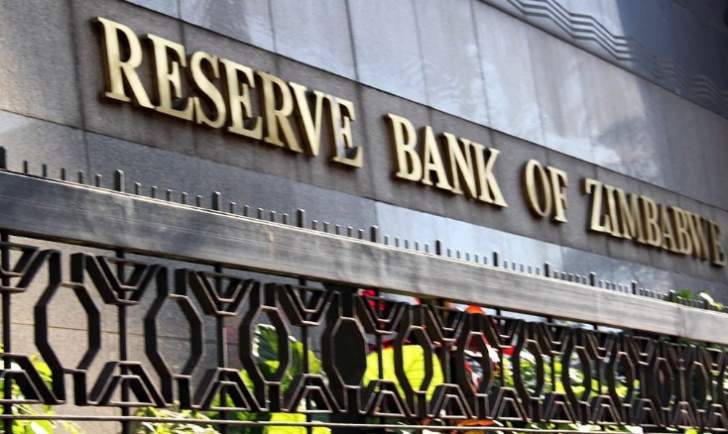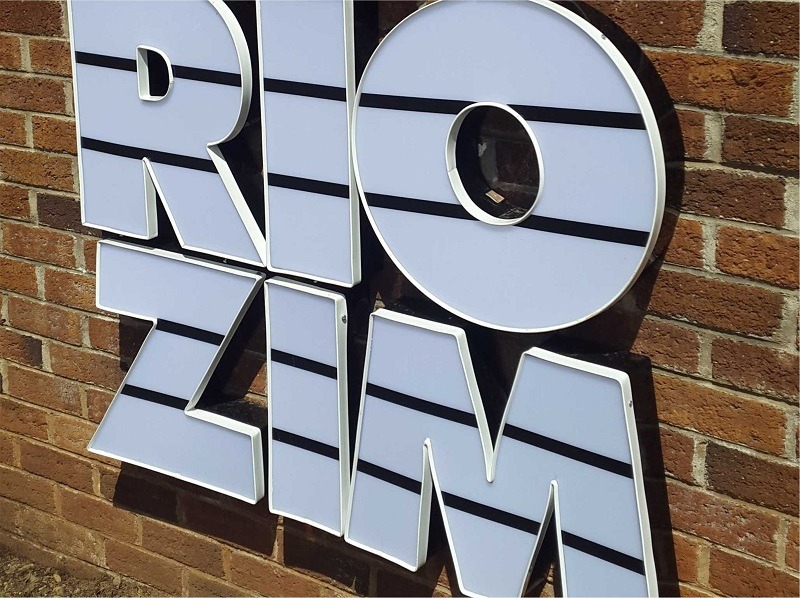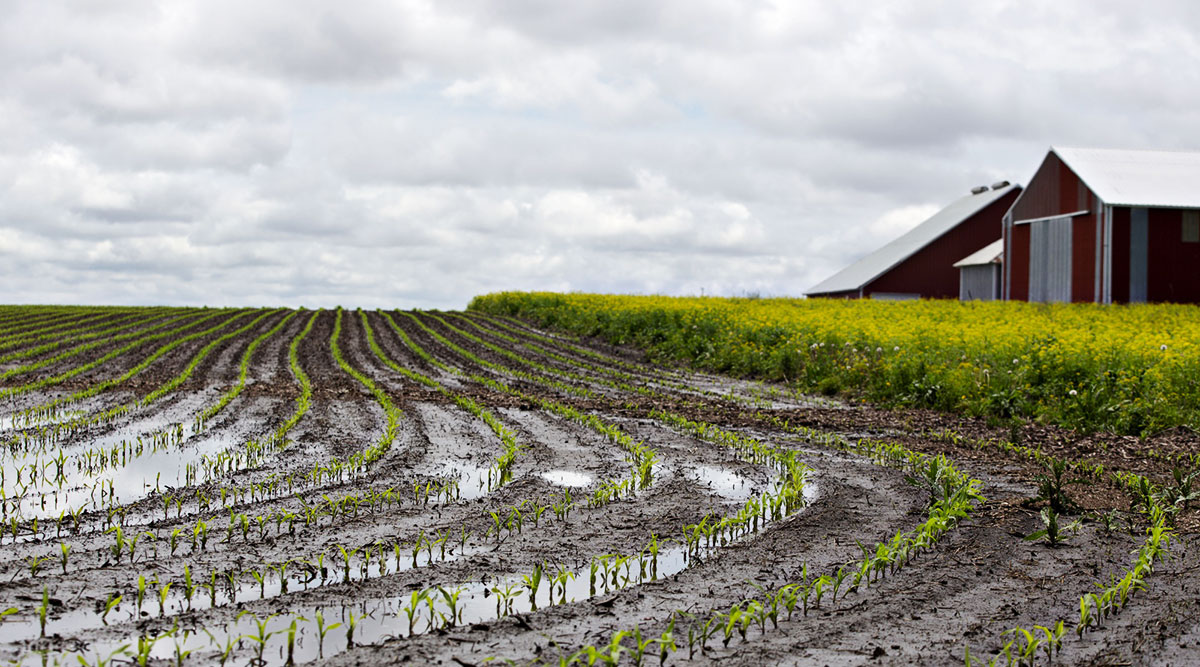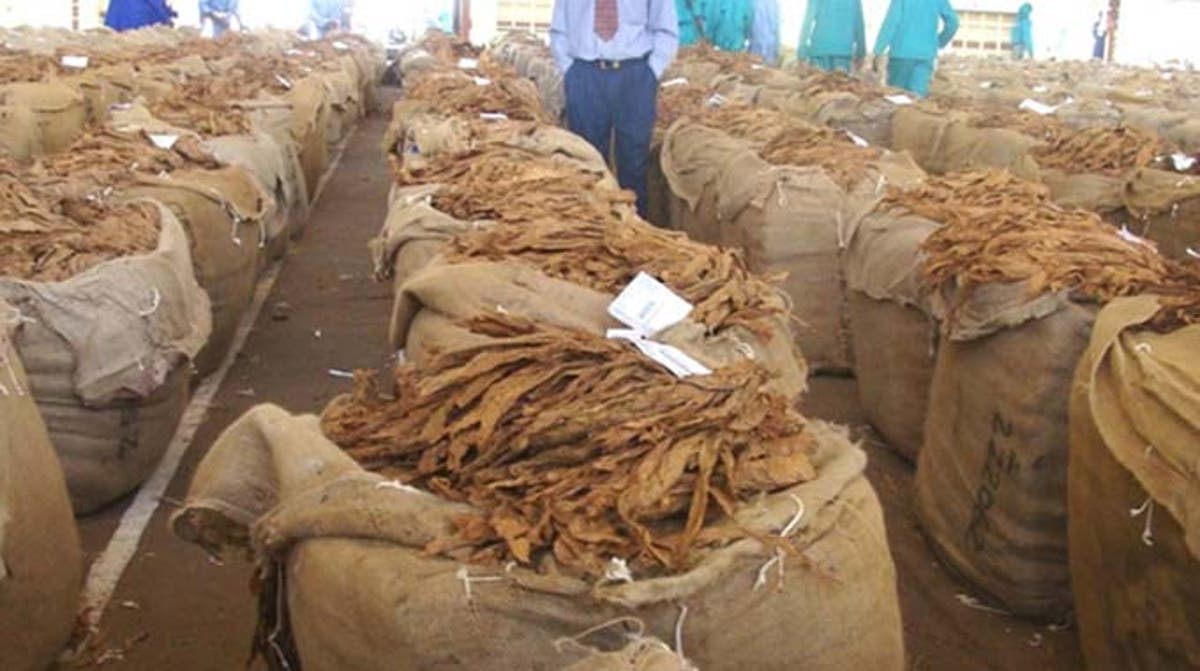Khayah to delist from ZSE, owes creditors US$68mln
HARARE – Khayah Cement Limited is taking decisive action to stabilize its finances as the company navigates through significant operational challenges. In a concerted effort to recover from ongoing financial distress, Khayah has unveiled a multi-faceted strategy focused on enhancing its fiscal health and ensuring its long-term viability.
The company is implementing stringent cost-cutting measures, emphasizing tighter controls over critical imports and optimizing contractor expenses to reduce operational costs. These moves come in response to rising production costs and declining sales volumes, which have pressured Khayah’s financial situation.
In a further effort to shield itself from overwhelming debt obligations, Khayah aims to establish a moratorium under the Insolvency Act, providing crucial temporary relief that could enable the firm to reorganize without losing valuable assets. A comprehensive corporate rescue plan is also being developed to guide the company through this recovery process.
Additionally, Khayah is taking steps to restructure its balance sheet, with a particular focus on improving profitability and effectively managing its existing debts. The company is actively seeking to secure US$1.5 million in short-term working capital, which is deemed essential for bolstering its financial position during this critical transition.
These measures collectively represent Khayah Cement’s commitment to restoring its operational strength and securing a pathway back to profitability in a competitive market landscape.
This morning, Khaya has secured corporate rescue status, with creditors approving an extension to August 19, 2025, for the process. The Master of the High Court upheld the decision, acting on the advice of Grant Thornton, in a move designed to protect creditor and shareholder interests and facilitate the company’s return to profitability.
The company’s ownership is primarily held by Montana Valley Private Limited (76.45%). Other significant shareholders are Stanbic Nominees (7.09%) and NSSA (3.23%), along with several trusts and other investors who hold smaller percentages.
Fossil Contractors, through its Montana Valley subsidiary, acquired Lafarge Cement Zimbabwe’s assets from Lafarge Holcim in December 2022. Lafarge Holcim had decided to divest its holdings in Malawi, Zambia, and Zimbabwe. Shortly after the acquisition, on December 12, 2022, Fossil and its ultimate beneficiary were sanctioned by the U.S. Office of Foreign Assets Control.
Upon acquiring Lafarge, the company assumed an existing unsecured related-party loan of US$42.9 million (including interest) from the Holcim Group. This loan had been outstanding for more than seven years.
Khayah Cement currently owes approximately US$68 million to an estimated number of 120 creditors and shareholders, according to records. Corporate Rescue Practitioner Bulisa Mbano stated at the first creditors meeting that liquidation would be irresponsible given the company’s potential for recovery, the ongoing demand for cement, and its operational viability. If were to go for liquidation creditors were to get 15c per every dollar.
He outlined five key objectives currently underway to support the business’s return to profitability.
The first objective is to stabilize the company’s finances by implementing cost-cutting measures, including stricter control over critical imports and contractor optimization. Khayah Cement has experienced declining volumes due to ongoing equipment breakdowns, while prices have remained relatively stable. Simultaneously, the cost of producing a tonne of cement has risen sharply since 2023. This cost increase is primarily attributed to importing clinker from Zambia at US$140 per tonne, rather than producing it locally for US$85 per tonne. Clinker makes up 76% of Khayah’s production costs
Importing clinker resulted in a 49% increase in the cost of sales, reaching US$4.4 million in 2024, while sales volumes dropped to 182,470 tonnes. The second objective is to establish a moratorium under the Insolvency Act.
The third involves developing a corporate rescue plan, and the fourth is balance sheet restructuring, which includes seeking US$1.5 million in short-term working capital from financiers. Finally, the fifth objective focuses on recapitalizing and strengthening competitiveness by refurbishing the Kiln, a project requiring US$15 million. The company has already identified a strategic partner for this refurbishment and other plant improvements to enhance efficiency and reliability.
The aging Kiln makes clinker production inefficient and expensive. Refurbishment will enable Khayah to reduce operating costs. The Kiln has suffered from a lack of maintenance, with the last major overhaul occurring in December 2019.
Mbano told FinX, “The total budget we need to raise is about US$1.5 million, which will get us to a point where we are at least profitable in the short term. That’s the target, but for now, at least US$500,000 of that has been sourced through suppliers extending credit to us, giving us an opportunity to trade.”
Khayah CEO Innocent Chikwata found the initial meeting very encouraging and positive, highlighting the consensus and creditors’ confidence in rescuing Khayah Cement.
“I think, for starters, it was very encouraging, the consensus that was there. It was a very positive meeting, I should say. And for creditors to show that confidence in the organization, that it can be rescued, or rather that they would like it rescued for continuity, also shows the significance of Khayah Cement in the Zimbabwean industry and its contribution to the country. So I think it was a very positive first move. And also for them to be involved in crafting how we will proceed, what we are going to do going forward to get out of this financial distress, was very encouraging for me,” he told FinX.
Despite its financial difficulties, the company is still producing cement and anticipates recommissioning its kiln and other currently inactive equipment by early July 2025. Creditors have also approved the disposal of non-core and obsolete assets, as well as the company’s delisting from the Zimbabwe Stock Exchange.
“We are currently refurbishing the plant, so we need to assess all the old scrap metal. We also need to evaluate our land bank and see how we can leverage it to generate value and capitalize the business,” Mbano added.
Khayah has adequate limestone reserves, estimated to last at least 13 years, and a cement production capacity of 700,000 tonnes per annum. With sufficient funding, this production capacity can be fully utilized.-finx


